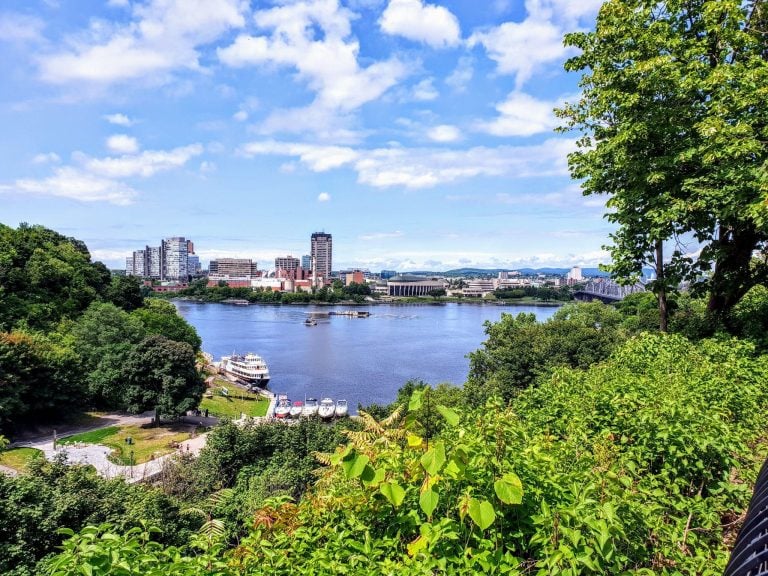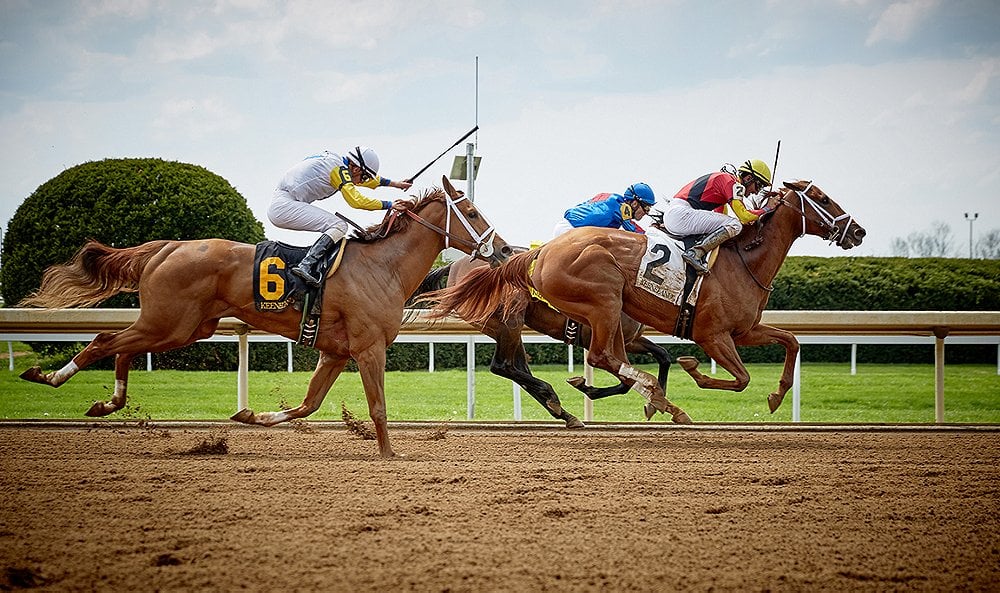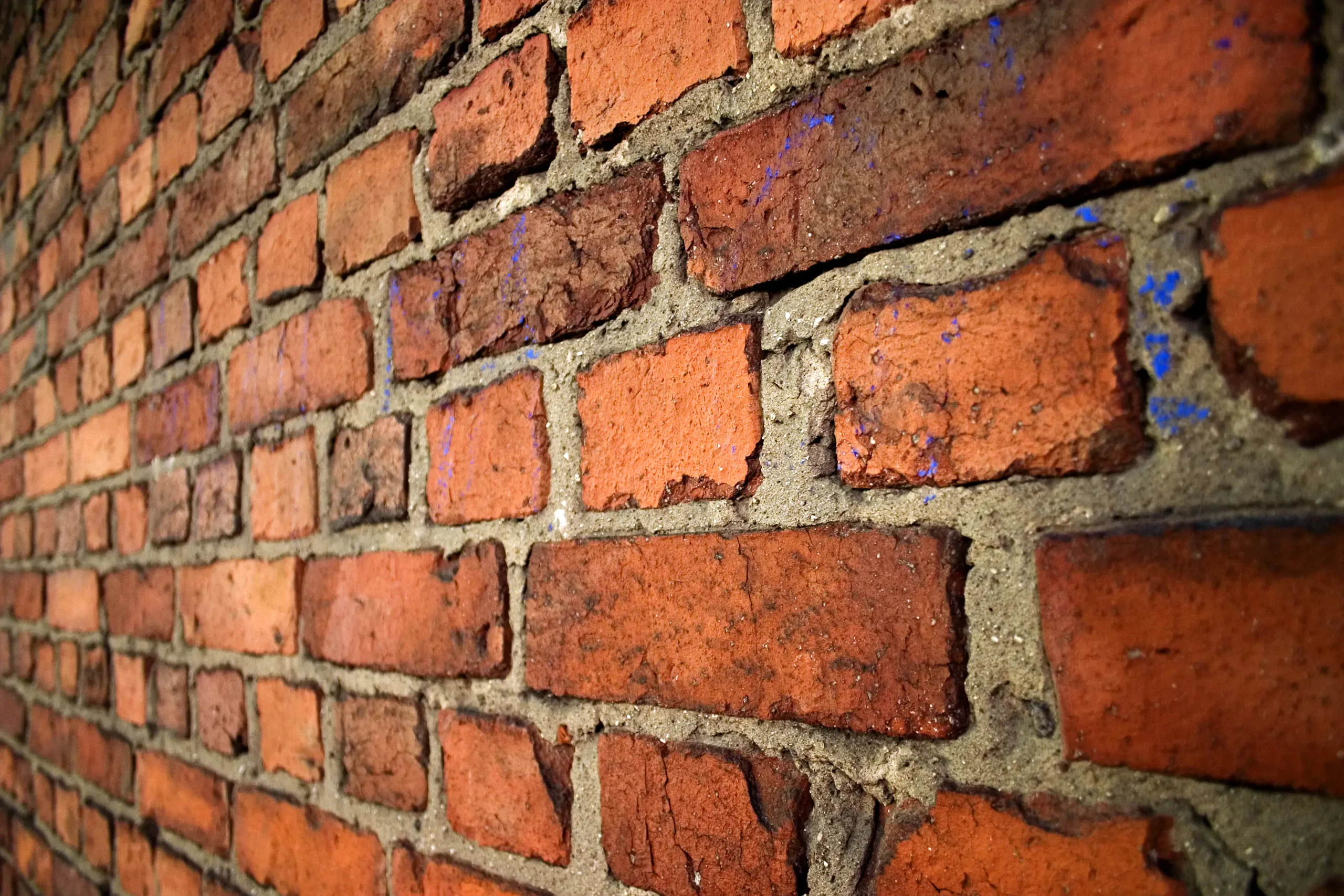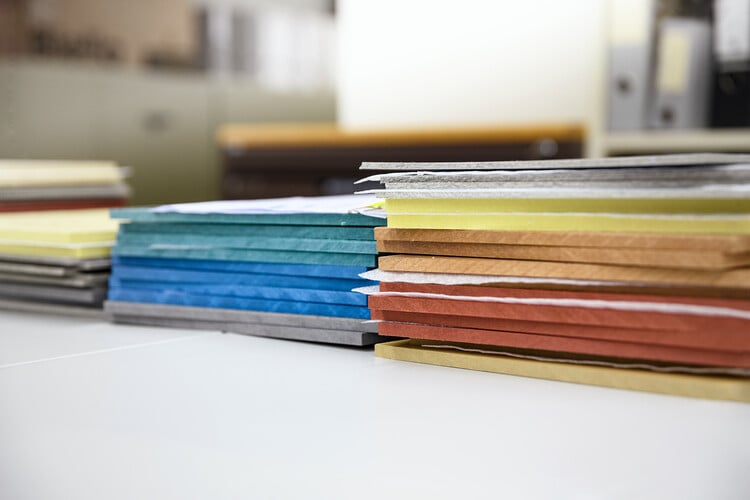How Long Do Salvias Bloom
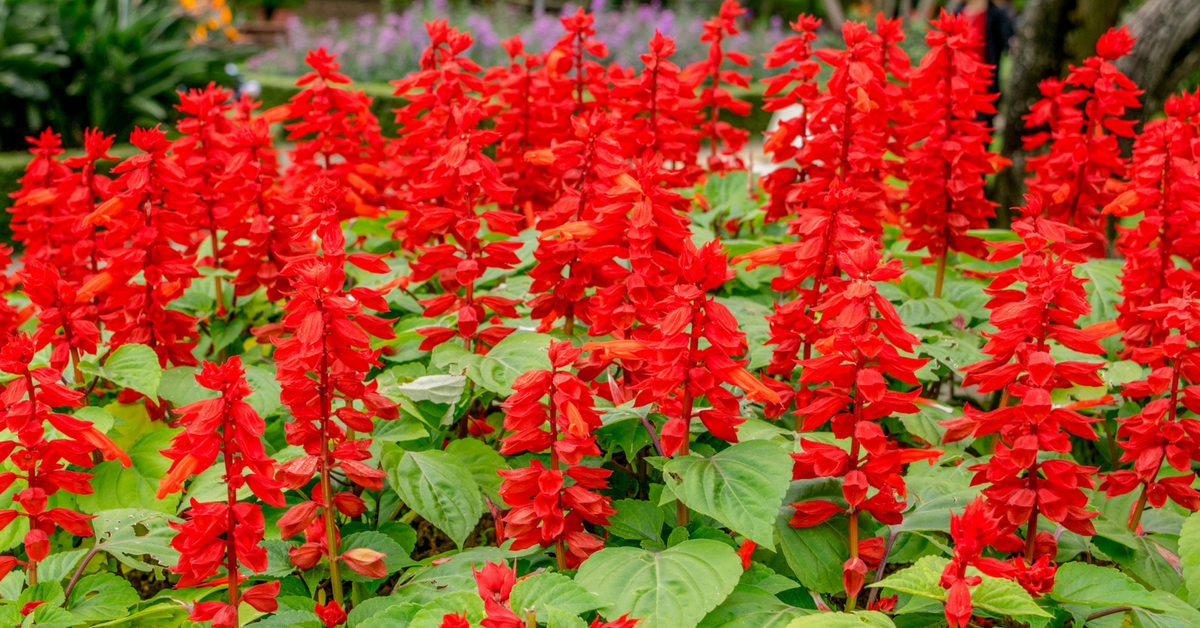
Table of Contents
Salvias have always been perceived as a special flower due to its gorgeous blooms and fragrant foliage. The Salvia plant is commonly known as sage and includes a variety of species.
The salvias in pots are grown for different reasons, including culinary, medicinal, and ornamental values. Another essential point that is essential to know is – ‘How long do salvias bloom?’
The duration of their flowering period depends on various factors, which will be discussed later in the blog. So, it’s now time to explore the enchanting world of Salvia plants!
What are Salvia Plants?
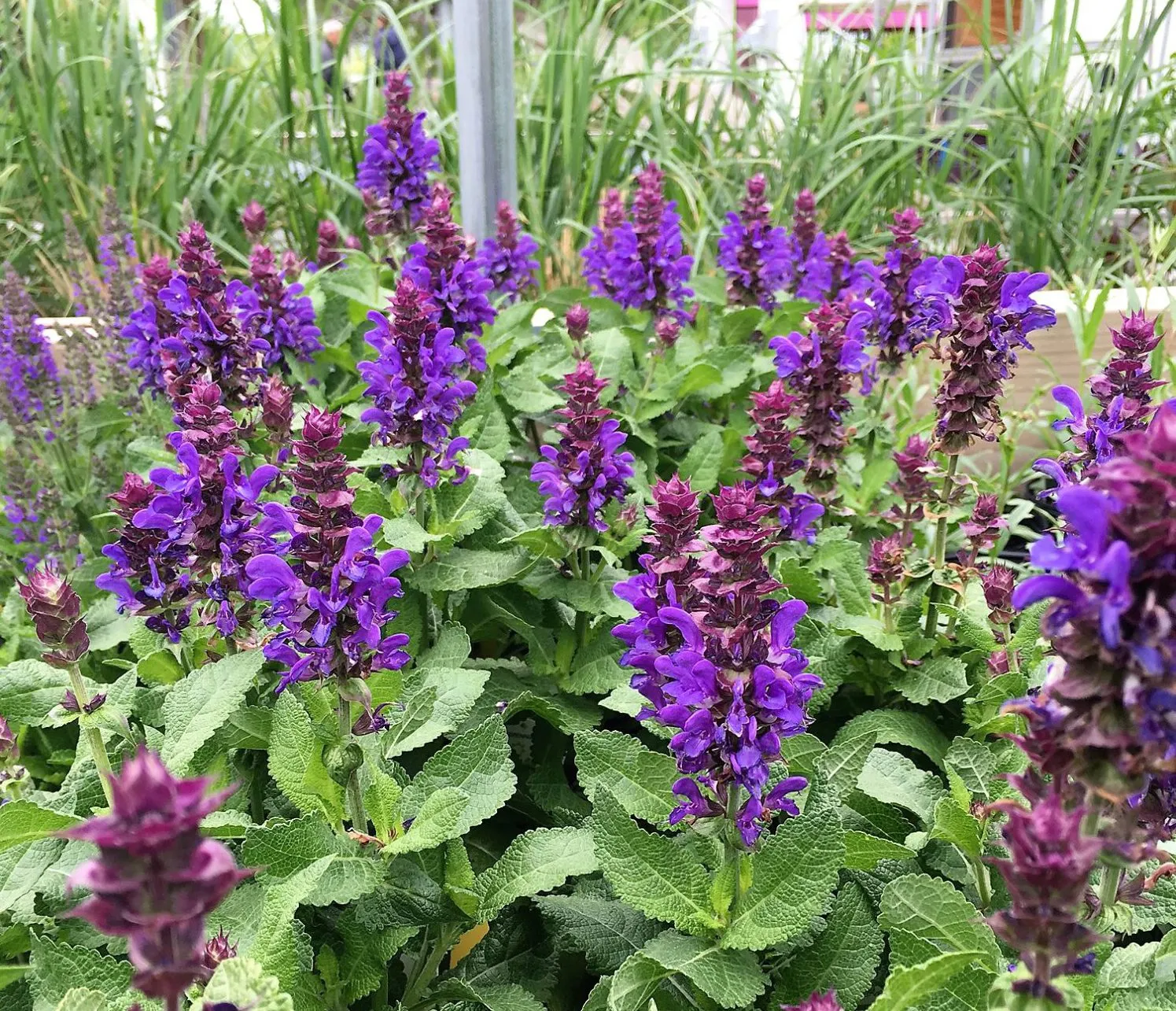
Salvia plants are an extensive genus within the mint family, also known as sage. It has aromatic leaves that emit a pleasant fragrance when crushed or brushed against. Hence, it is used for culinary and medicinal purposes. Salvia plants in pots have tubular flowers with over 900 recognized species. There are mainly two types of Salvia plants, namely, perennial salvias and annual salvias.
Salvia Plant’s Blooming Period
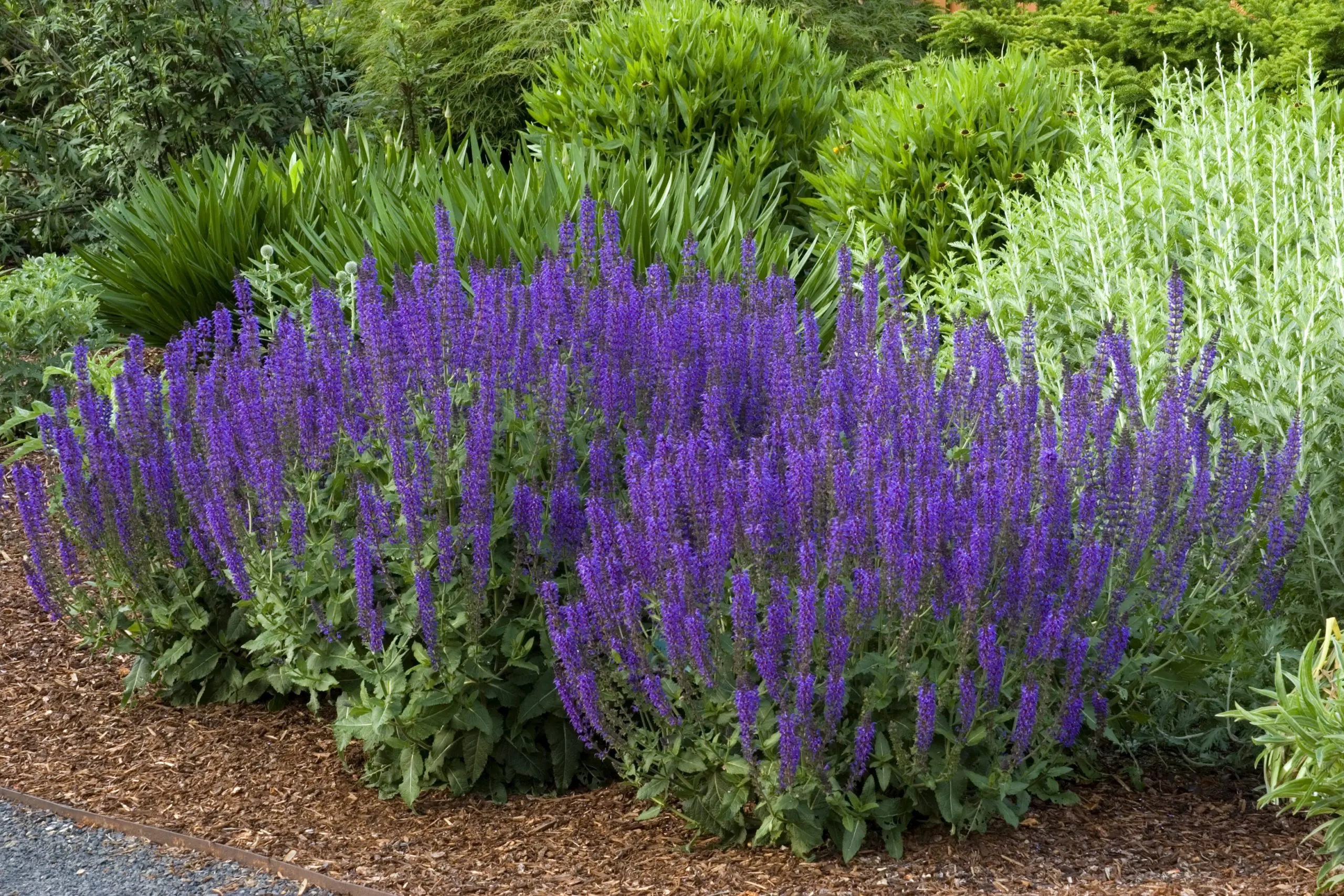
When talking about the blooming period of salvia plants, they can be categorized into two i.e., perennial and annual salvias.
Perennial salvias have a lifespan of more than two years. These plants survive multiple growing seasons and come to life year after year. They are called so because of their extended blooming periods. Some species, like salvia nemorosa, salvia greggii, and salvia microphylla, have long-lasting colors.
When talking about annual salvias, they have a shorter life span and complete their blooming period within a year. They start growing in the spring season from seeds, flowers start growing till fall through the summer season, and then die out with the onset of winter. Salvia splendens is an example of annual salvia.
Factors Affecting the Blooming Period of Salvia Plants
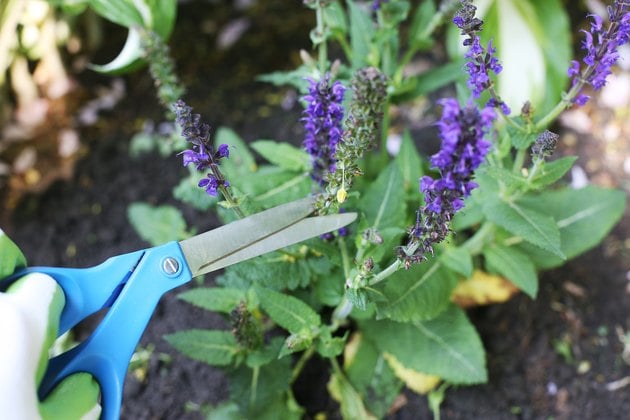
Several factors can hugely affect the blooming period of salvias. Check out the factors below:
1. Environmental Conditions
The climate and growing conditions are essential when it comes to the blooming tenure of salvia plants. These plants thrive when they get an adequate amount of sunlight. In addition, a sufficient amount of rain is essential to keep the soil moist since excess dry conditions can affect the blooming time.
2. Temperature
Salvia plants blooming can be affected by temperature fluctuations. While excessive heat can turn the plant into a dormant prematurely, too cold temperature can delay flowering. Thus, it is best to select species of salvias that can adapt to your local temperature.
3. Soil Quality & Fertilization
To have the ideal growth of salvia plants, it is essential to have well-draining soil that is enriched with organic matter. Regular fertilization with slow-release of fertilizers supplies the required nutrients that eventually help in the growth of salvia plants.
4. Watering Practices
It is essential to be consistent and provide adequate water to the salvias. You need to make sure that there is no overwatering, but at the same time, the soil should be evenly moist, especially during the summer season. Drip irrigation and soaker hoses are the best options for this.
5. Pruning & Deadheading
Maintenance procedures like pruning and deadheading can have a big impact on flower bloom. Cutting back lanky growth and removing wasted flowers can encourage the plant to blossom again.
6. Mulching
You can conserve soil moisture and regulate soil temperature by putting a layer of mulch around the base of the salvia plants. This practice helps in the extended blooming period of salvias.
Conclusion
Salvias are a large and diverse collection of plants, including both perennial and annual species, each with a distinct growth cycle. We must consider species selection, environmental factors, and care procedures to lengthen the blooming period of salvias.
Careful cultivation, including appropriate soil enrichment, pruning, and watering, can promote prolonged and abundant flowering. Salvias serves as a gentle reminder of the transient and enduring essence of beauty.
Their blossoms, whether fleeting or long-lasting, provide our gardens with a bright energy and an alluring appeal. You can take care of these botanical marvels, making sure that the tapestry of Salvia keeps blooming in your gardens year after year as a reminder of the enduring majesty of nature.
Frequently Asked Questions
Should I Fertilize My Salvia Plants to Encourage Longer Blooming?
Yes, by delivering vital nutrients, fertilizing Salvia plants with a balanced, slow-release fertilizer can promote prolonged blooming. To prevent overfertilization, it’s crucial to adhere to the prescribed fertilization methods, though.
How Long Do Salvia Plants Typically Bloom?
Salvia plants bloom at different times according to the species, climate, and care. A few weeks to several months are typical, with some perennial species having longer bloom times.
What Is the Best Time to Plant Salvia for An Extended Blooming Season?
In most areas, spring is the best time to plant salvia. By planting in the spring, Salvia has more time to develop robust root systems and get ready to bloom profusely throughout the summer and into the autumn.
How Can I Extend the Blooming Period of My Salvia Plants?
Firstly, you should bring along the best kind of Salvia plant that suits your area. Along with that, you will need appropriate sunlight, continuous soil moisture, deadheading of spent flowers, and occasional trimming.

